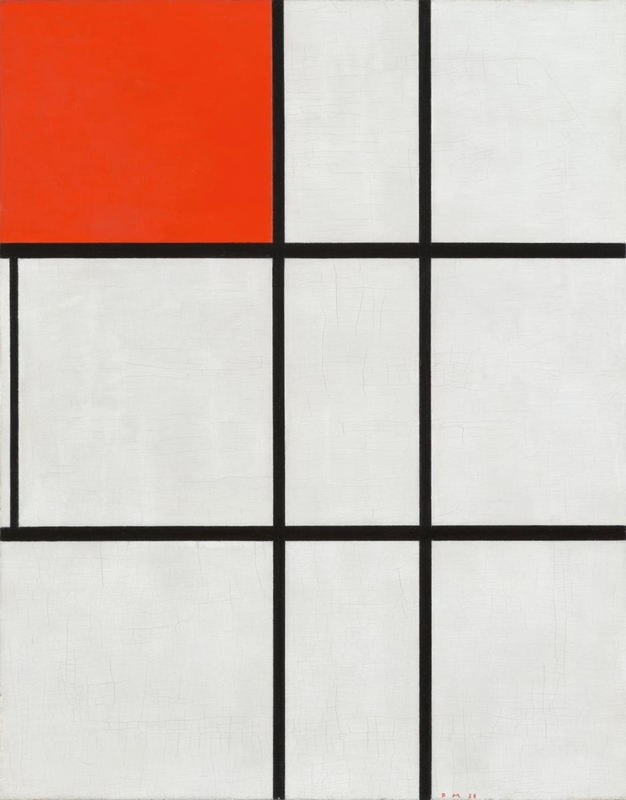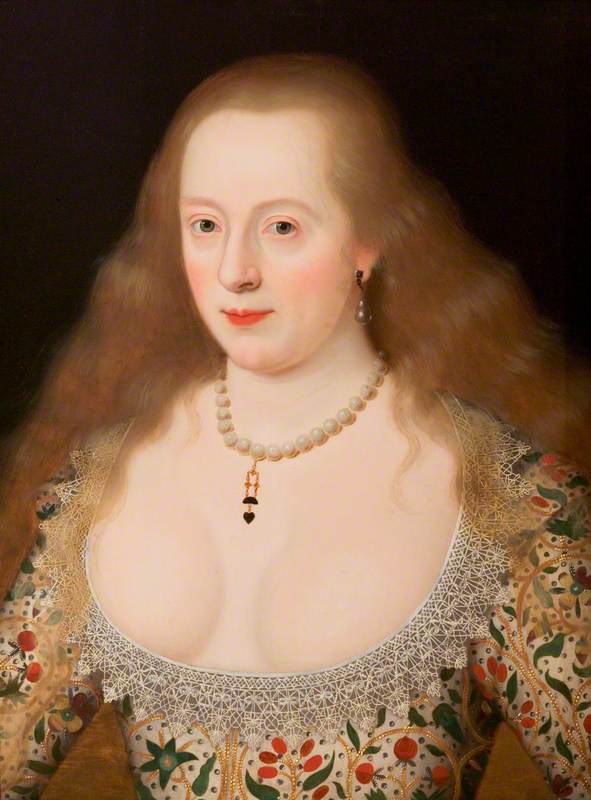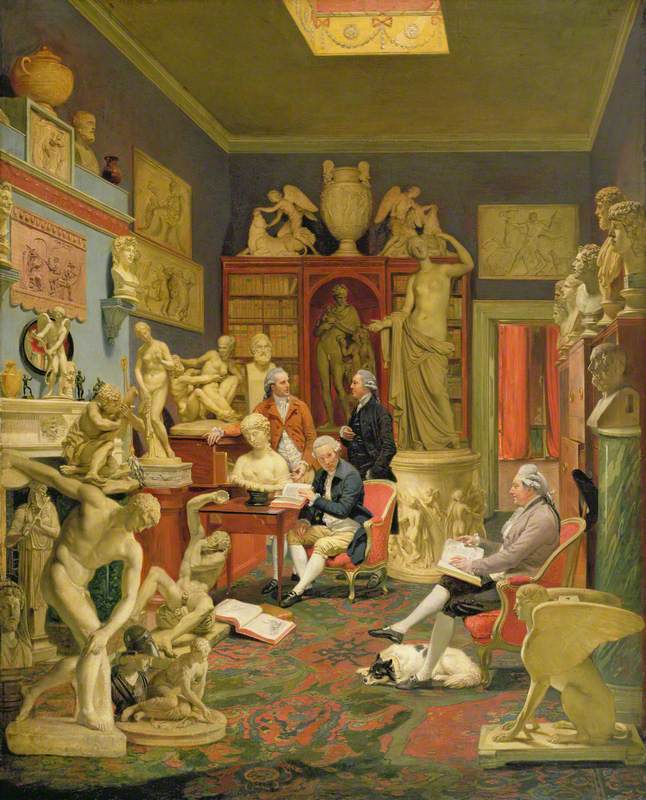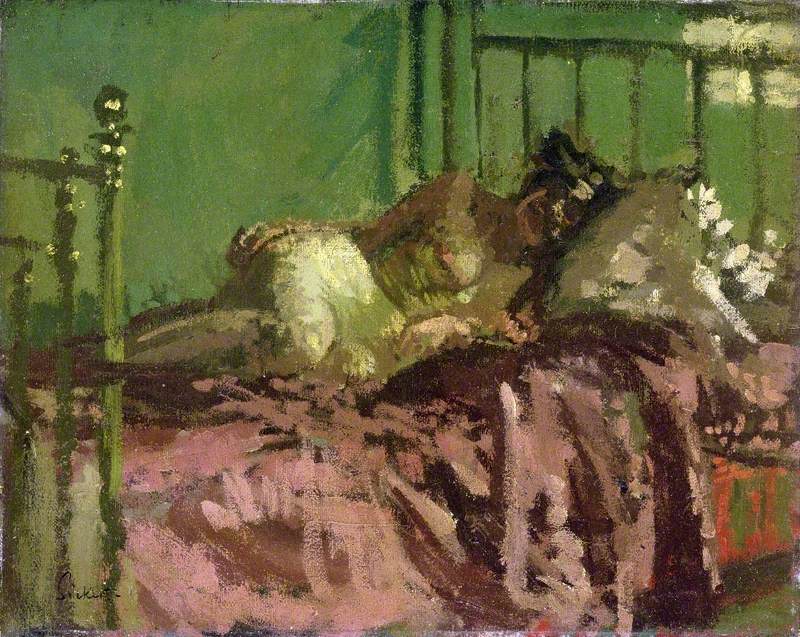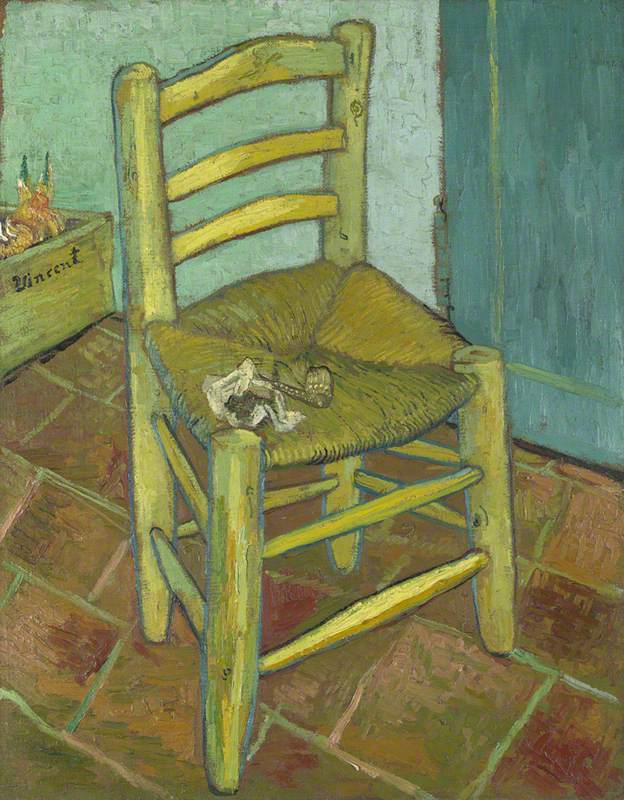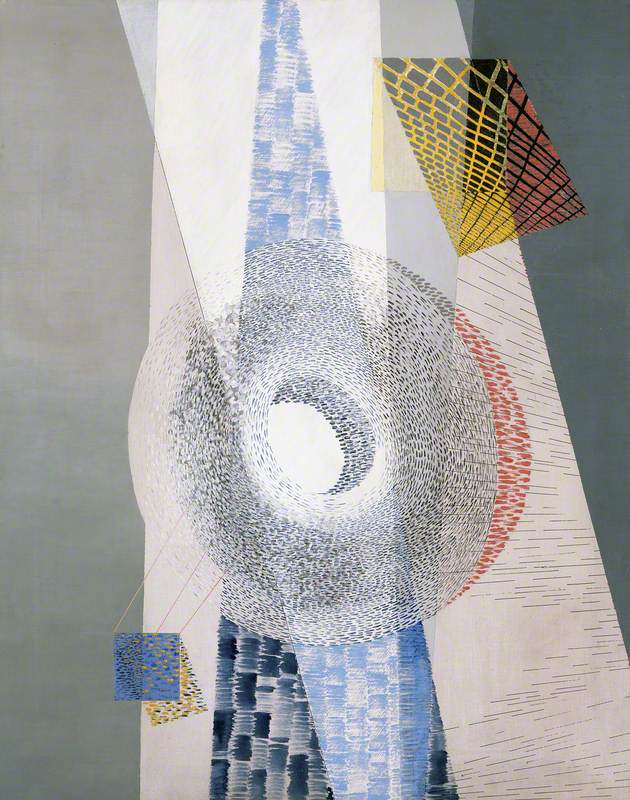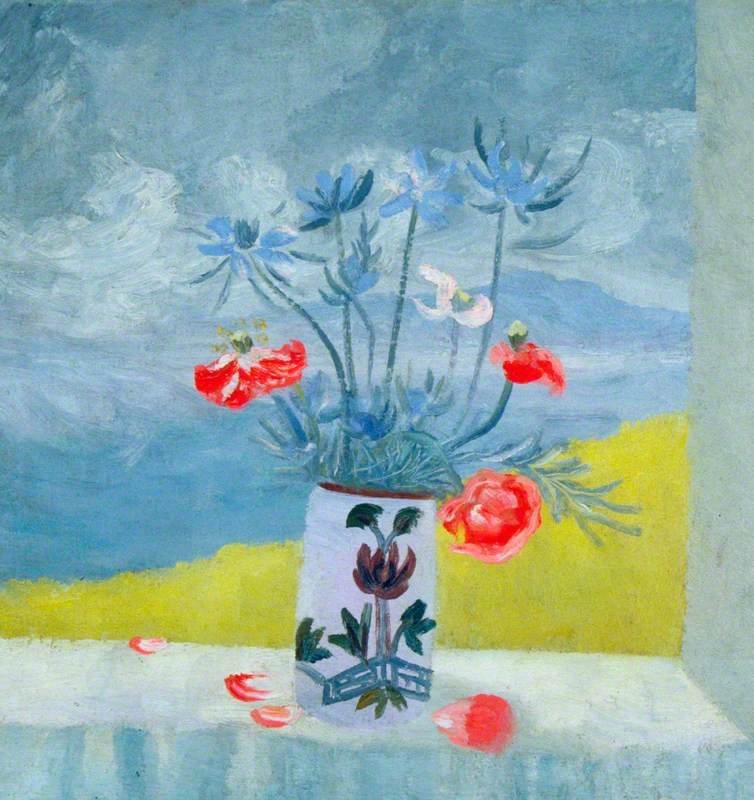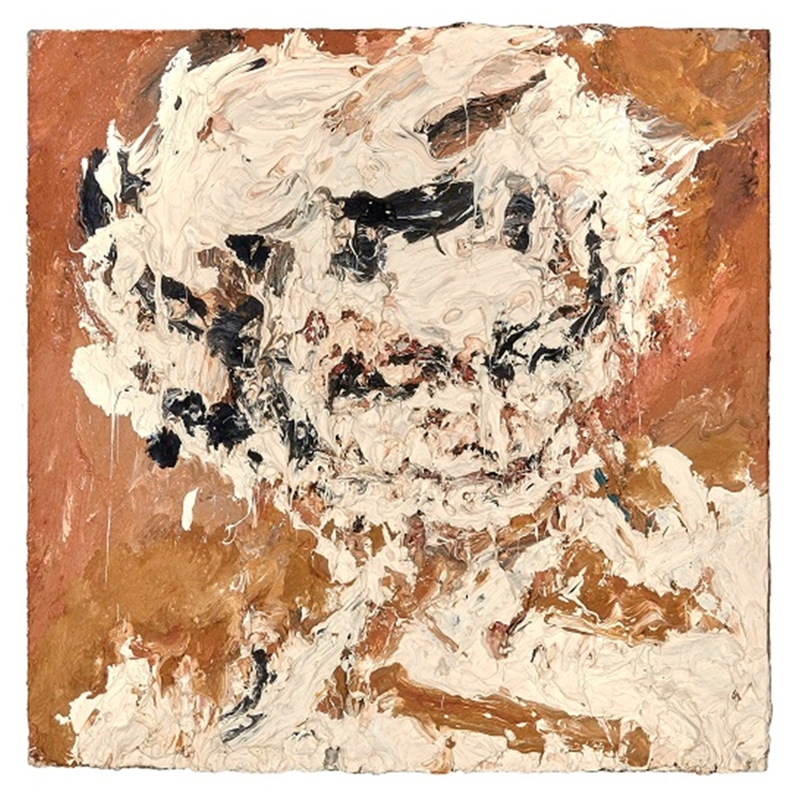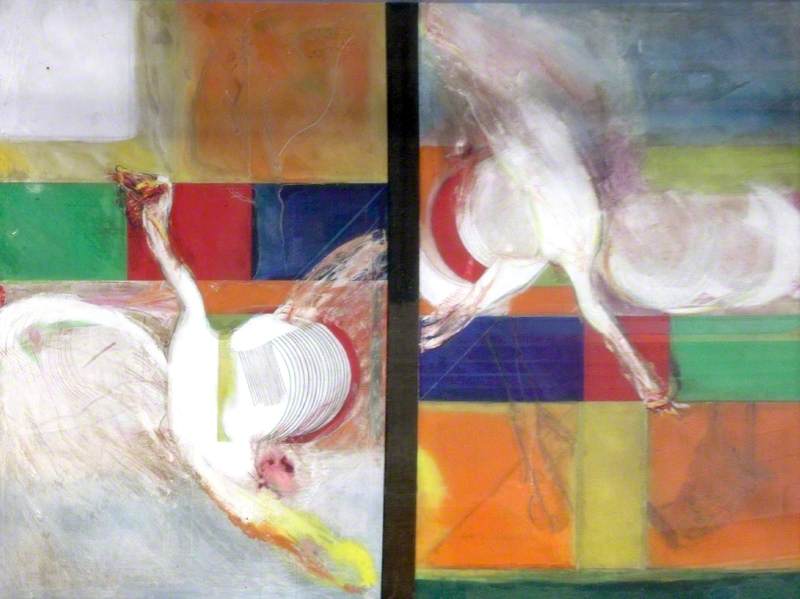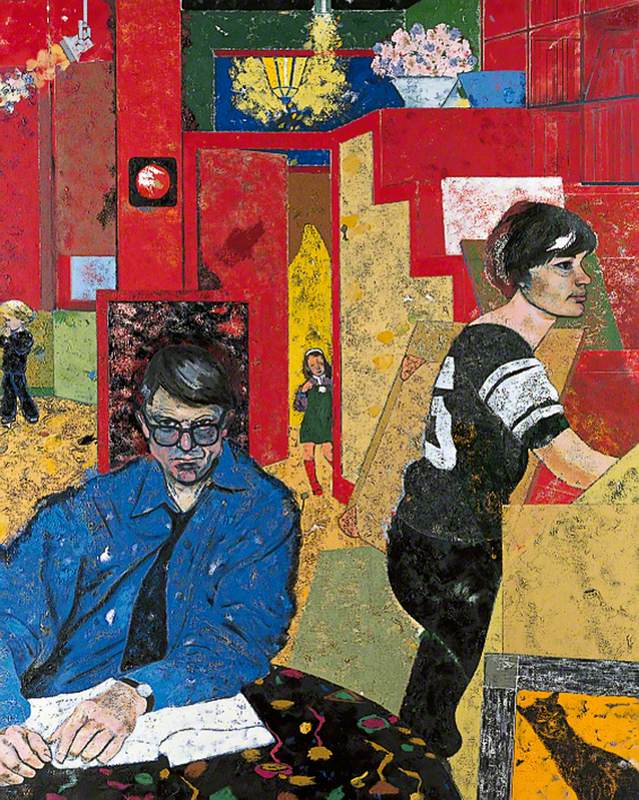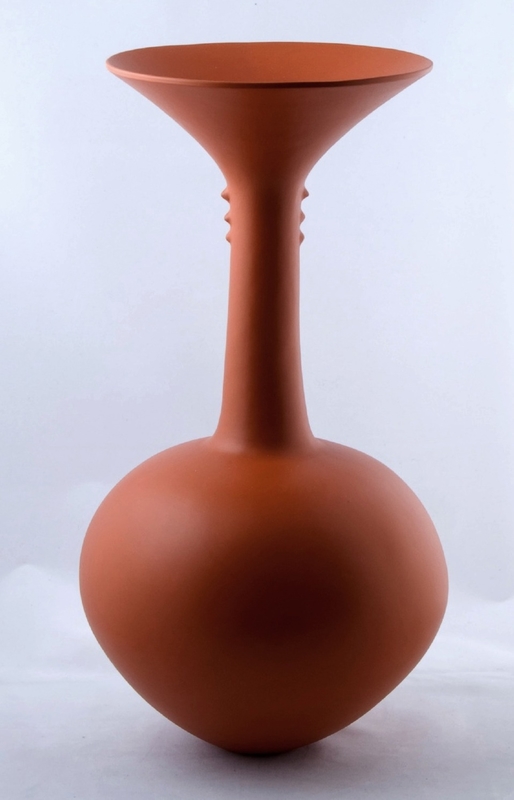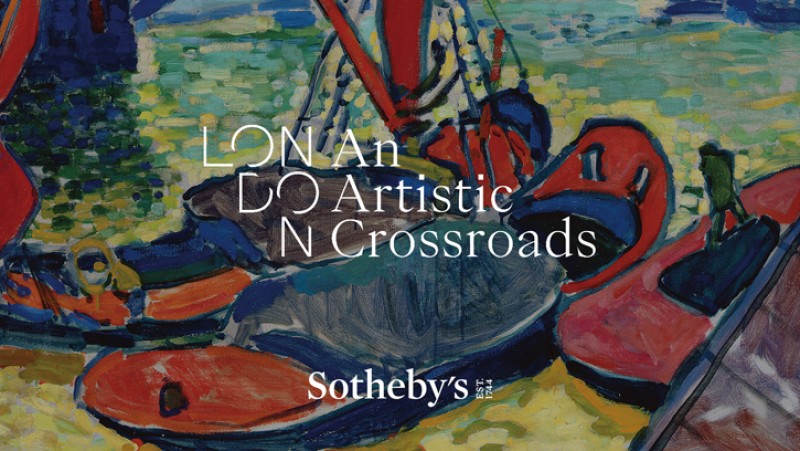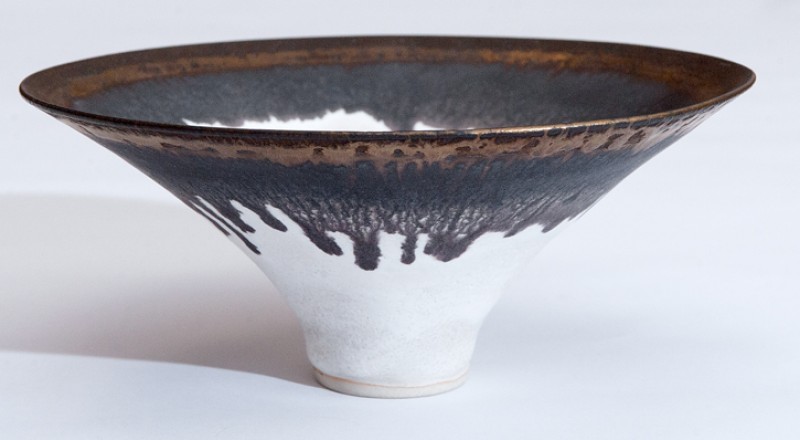Twelve UK museums come together with Art UK and Sotheby's to stage a month-long exhibition celebrating the UK's central role in the creative lives of leading international artists.
The free exhibition 'London: An Artistic Crossroads' is on display at Sotheby's New Bond Street Galleries from 25th May to 5th July 2024.
This many-faceted jewel of a picture was painted in 1935 in Paris, the city to which Piet Mondrian had moved, from the Netherlands, at the end of the First World War.
Exhibited at the 'Abstract and Concrete' exhibition in Oxford in 1936, it was subsequently purchased by Helen Sutherland, who was one of the very first English collectors of Mondrian.
The acquisition of the painting was part of a pattern of developing English support for the artist during the 1930s: by the end of the decade, he would become close to Ben and Winifred Nicholson, Henry Moore, Barbara Hepworth and Naum Gabo, as well as a number of other artists living in London at the time.
Composition C (No. III) with Red, Yellow and Blue is one of a series of works, composed of straight black lines and areas of primary colour, that mark the culmination of Mondrian's efforts to create a purely spiritual form of modern painting.
The picture exemplifies his subtly tactile form of abstraction, which depends much more than might be expected on the inflexions of tone and texture brought about by the hand and eye of the artist. Much of this is missed in reproduction, which tends to flatten the effect of Mondrian's compositions, turning them into blandly uniform grids.
But pay attention to the real thing, the canvas itself, divided into nine polygons of varying sizes, and it soon becomes apparent that the artist's world of form and colour is anything but impersonal: on the contrary, it is homespun and handmade.
On close inspection, Mondrian's rectangles of pure white turn out to be distinctly impure, shot through here and there with patchy suggestions of a dirtier grey, and rendered throughout in highly visible brushstrokes, so that what seems at first to be a flat plane is actually more imperfect and alive: a bit ragged, almost like a housepainter's first coat, but more vibrant than that, evoking mist or the pulsing light on the inside of a cloud.
That vertical band of yellow is likewise impure and shopworn. The red square in the top-right corner buzzes and vibrates. The blue square below is filled with implications of hidden depths, like the sea. Even the black lines forming the partitions that subdivide the canvas are irregular, uneven in width, each unlike the other. Nothing can be taken for granted.
It was important for Mondrian to leave such traces of the making of the work visible in its final form. This was, in part, his way of underlining his own effortful idiosyncrasy: laying bare the personal struggle involved in articulating such apparently innocent harmonies. But it was also his way of giving the painting a life of its own, allowing it to breathe and expand, to live longer and more changeably in the eye of the observer.
Mondrian was a painter of huge ambition: one of the last artists, perhaps, to believe that art could change the course of history. He genuinely hoped that if people spent enough time plunged into the abstract version of existence proposed by his painting they might absorb its spirit of enchanted contemplation and become more spiritual, more peaceable – and the real world, as a result, might become a better place.
In 1938, fearing a German invasion, he left Paris with his friend and fellow painter Winifred Nicholson. She helped him to find a flat in Hampstead, north London, where he was to spend the next two years. Reality had not lived up to Mondrian's expectations, but he never lost the sense of idealism that permeates a painting such as Composition C (No.III) with Red, Yellow and Blue.
Even in London, on the eve of the Blitz, he remained undaunted: he painted the floor and walls and even the second-hand furniture of his flat in brilliant white, Winifred Nicholson recalled, adding 'the odd patch of red' as if creating a three-dimensional version of one of his own pictures to live in. 'To seek equilibrium in art and life,' Mondrian once wrote, 'that is the good work of today, that is to prepare the future.'
Andrew Graham-Dixon, art historian and broadcaster
The free exhibition 'London: An Artistic Crossroads' is on display at Sotheby's New Bond Street Galleries from 25th May to 5th July 2024
You can download the free exhibition tour within Art UK's guide on Bloomberg Connects

